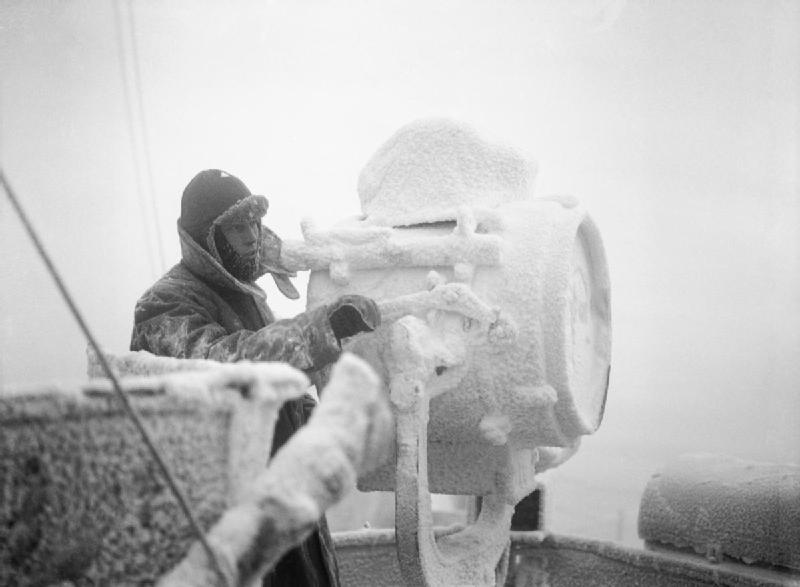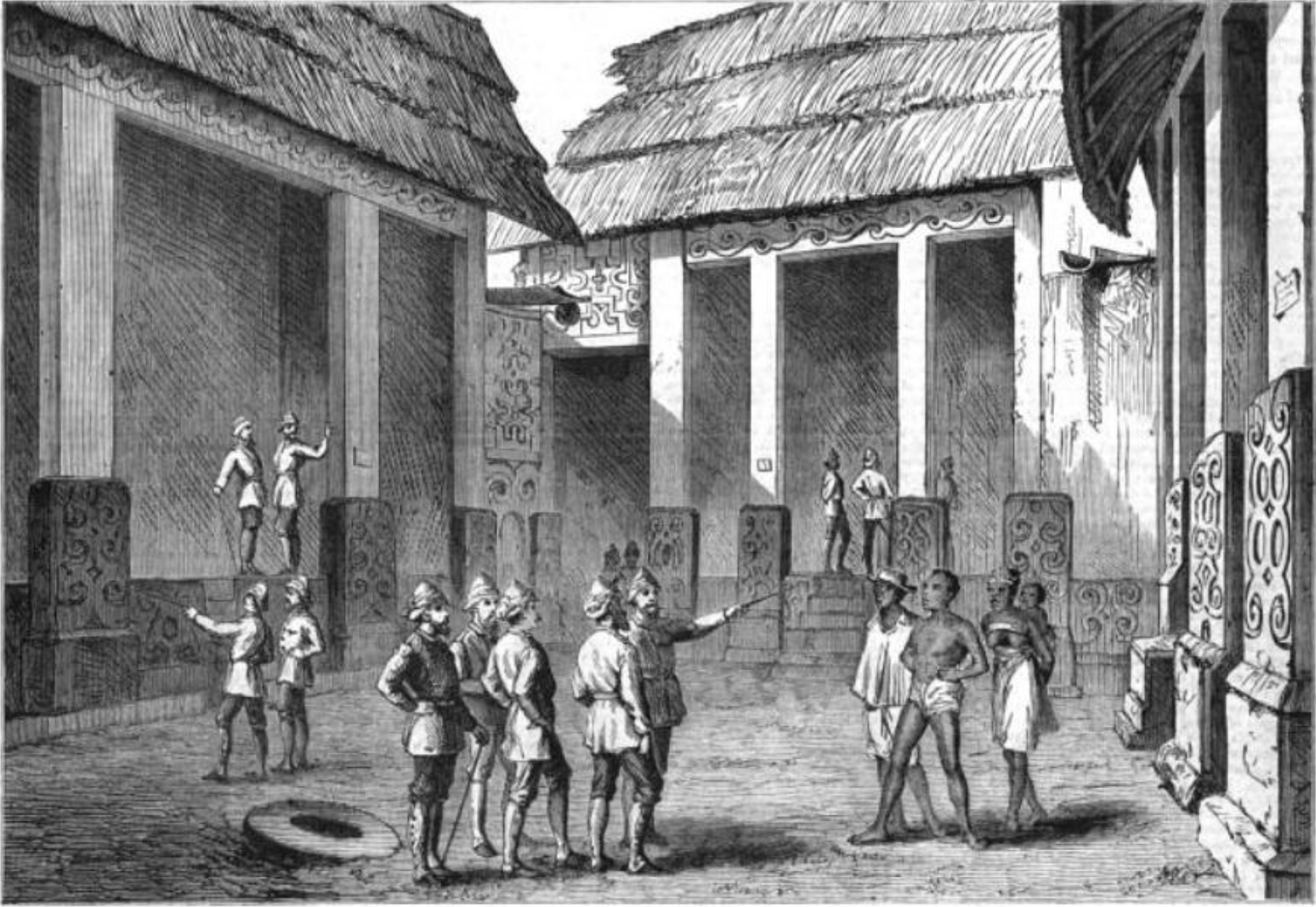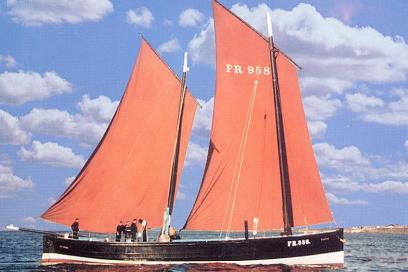|
HMS Argus
Nine ships of the Royal Navy and one of the Royal Fleet Auxiliary have been named ''Argus'', after Argus Panoptes, Argus, the hundred-eyed giant of mythology: * was a 10-gun sloop-of-war, sloop, originally a French privateer, captured in 1799 and broken up in 1811. * HMS ''Argus'' was to have been a 36-gun fifth rate. She was ordered in 1812, but cancelled that same year. * was an 18-gun launched in 1813 and sold in 1827. The sale was subsequently cancelled and she was resold in 1828. * HMS ''Argus'' was to have been an 18-gun sloop. She was laid down in 1831, but cancelled later that year. * was a wooden-hulled paddle sloop launched in 1849 and broken up in 1881. * was a Her Majesty's Coastguard, coastguard vessel launched in 1851, renamed HMS ''Amelia'' in 1872, and HMS ''Fanny'' in 1889. She was hulked in 1899, used as a boom defence vessel from 1902 and was sold in 1907. * HMS ''Argus'' was a coastguard vessel launched in 1864 as . She was renamed HMS ''Argus'' in 1884 and ... [...More Info...] [...Related Items...] OR: [Wikipedia] [Google] [Baidu] |
Royal Navy
The Royal Navy (RN) is the naval warfare force of the United Kingdom. It is a component of His Majesty's Naval Service, and its officers hold their commissions from the King of the United Kingdom, King. Although warships were used by Kingdom of England, English and Kingdom of Scotland, Scottish kings from the early Middle Ages, medieval period, the first major maritime engagements were fought in the Hundred Years' War against Kingdom of France, France. The modern Royal Navy traces its origins to the English Navy of the early 16th century; the oldest of the British Armed Forces, UK's armed services, it is consequently known as the Senior Service. From the early 18th century until the World War II, Second World War, it was the world's most powerful navy. The Royal Navy played a key part in establishing and defending the British Empire, and four Imperial fortress colonies and a string of imperial bases and coaling stations secured the Royal Navy's ability to assert naval superior ... [...More Info...] [...Related Items...] OR: [Wikipedia] [Google] [Baidu] |
Privateer
A privateer is a private person or vessel which engages in commerce raiding under a commission of war. Since robbery under arms was a common aspect of seaborne trade, until the early 19th century all merchant ships carried arms. A sovereign or delegated authority issued commissions, also referred to as letters of marque, during wartime. The commission empowered the holder to carry on all forms of hostility permissible at sea by the usages of war. This included attacking foreign vessels and taking them as prizes and taking crews prisoner for exchange. Captured ships were subject to condemnation and sale under prize law, with the proceeds divided by percentage between the privateer's sponsors, shipowners, captains and crew. A percentage share usually went to the issuer of the commission (i.e. the sovereign). Most colonial powers, as well as other countries, engaged in privateering. Privateering allowed sovereigns to multiply their naval forces at relatively low cost by mobilizi ... [...More Info...] [...Related Items...] OR: [Wikipedia] [Google] [Baidu] |
North African Campaign
The North African campaign of World War II took place in North Africa from 10 June 1940 to 13 May 1943, fought between the Allies and the Axis Powers. It included campaigns in the Libyan and Egyptian deserts (Western Desert campaign, Desert War), in Morocco and Algeria (Operation Torch), and in Tunisia ( Tunisia campaign). The Allied war effort was dominated by the British Commonwealth and exiles from German-occupied Europe. The United States entered the war in December 1941 and began direct military assistance in North Africa on 11 May 1942. Fighting in North Africa started with the Italian declaration of war on 10 June 1940. On 14 June, the British 11th Hussars and part of the 1st Royal Tank Regiment, (1st RTR) crossed the border from Egypt into Libya and captured Fort Capuzzo. This was followed by an Italian counter-offensive into Egypt and the capture of Sidi Barrani in September. The British recaptured Sidi Barrani in December during Operation Compass. The Italian 1 ... [...More Info...] [...Related Items...] OR: [Wikipedia] [Google] [Baidu] |
Battle Of The Atlantic
The Battle of the Atlantic, the longest continuous military campaign in World War II, ran from 1939 to the defeat of Nazi Germany in 1945, covering a major part of the naval history of World War II. At its core was the Allies of World War II, Allied naval Blockade of Germany (1939–1945), blockade of Germany, announced the day after the declaration of war, and Germany's subsequent counter-blockade. The campaign peaked from mid-1940 to the end of 1943. The Battle of the Atlantic pitted U-boats and other warships of the German (navy) and aircraft of the (air force) against the Royal Navy, Royal Canadian Navy, United States Navy, and Merchant Navy (United Kingdom), Allied merchant shipping. Convoys, coming mainly from North America and predominantly going to the United Kingdom and the Soviet Union, were protected for the most part by the British and Canadian navies and air forces. These forces were aided by ships and aircraft of the United States beginning on 13 September 1941. ... [...More Info...] [...Related Items...] OR: [Wikipedia] [Google] [Baidu] |
Arctic Convoys
The Arctic convoys of World War II were oceangoing convoys which sailed from the United Kingdom, Iceland, and North America to northern ports in the Soviet Union – primarily Arkhangelsk (Archangel) and Murmansk in Russia. There were 78 convoys between August 1941 and May 1945, sailing via several seas of the Atlantic and Arctic oceans, with periods with no sailings during several months in 1942, and in the summers of 1943 and 1944. About 1,400 merchant ships delivered essential supplies to the Soviet Union under the Anglo-Soviet Agreement and US Lend-Lease program, escorted by ships of the Royal Navy, Royal Canadian Navy, and the U.S. Navy. Eighty-five merchant vessels and 16 Royal Navy warships (two cruisers, six destroyers, eight other escort ships) were lost. Nazi Germany's ''Kriegsmarine'' lost a number of vessels including one battleship, three destroyers, 30 U-boats, and many aircraft. The convoys demonstrated the Allies' commitment to helping the Soviet Union, prior to ... [...More Info...] [...Related Items...] OR: [Wikipedia] [Google] [Baidu] |
Anglo-Ashanti Wars
The Anglo-Ashanti wars were a series of five conflicts that took place between 1824 and 1900 between the Ashanti Empire—in the Akan people, Akan interior of the Gold Coast (British colony), Gold Coast—and the British Empire and its African allies. Despite initial Ashanti victories, the British ultimately prevailed in the conflicts, resulting in the complete annexation of the Ashanti Empire by 1900. Earlier wars The British fought three earlier wars in the Gold Coast: In the Ashanti–Fante War of 1806–07, the British refused to hand over two rebels pursued by the Ashanti, but eventually handed one over (the other escaped). In the Ga–Fante War of 1811, the Ashanti sought to aid their Ga people, Ga allies in a war against the Fante and their British allies. The Ashanti army won the initial battles but was forced back by guerrilla fighting from the Fante. The Ashanti captured a British fort at Tantamkweri. In the Ashanti–Akim–Akwapim War of 1814–16 the Ashanti def ... [...More Info...] [...Related Items...] OR: [Wikipedia] [Google] [Baidu] |
Battle Of Groix
The Battle of Groix (, ) took place on 23 June 1795 off the island of Groix in the Bay of Biscay during the War of the First Coalition. It was fought between elements of the British Channel Fleet and the French Ponant Fleet, Atlantic Fleet, which were cruising in the region on separate missions. The British fleet, commanded by Admiral Alexander Hood, 1st Viscount Bridport, Lord Bridport, was covering an Invasion of France (1795), invasion convoy carrying a Armée des Émigrés, French Royalist army tasked with invading Quiberon, while the French fleet under Vice-admiral Villaret de Joyeuse had sailed a week earlier to rescue a convoy from being attacked by a British squadron. The French fleet had driven off the British squadron in a battle on 17 June known as Cornwallis's Retreat, and were attempting to return to their base at Brest, France, Brest when Bridport's force of 14 ships of the line appeared on 22 June. Villaret, believing that the stronger British fleet would destroy ... [...More Info...] [...Related Items...] OR: [Wikipedia] [Google] [Baidu] |
East Indiamen
East Indiamen were merchant ships that operated under charter or licence for European Trading company, trading companies which traded with the East Indies between the 17th and 19th centuries. The term was commonly used to refer to vessels belonging to the East India Company, British, Dutch East India Company, Dutch, Louis XIV's East India Company, French, Danish Asiatic Company, Danish, Swedish East India Company, Swedish, Austrian East India Company, Austrian or Portuguese East India Company, Portuguese East India companies. Several East Indiamen chartered by the British East India Company (EIC) were known as clippers. The EIC held a monopoly granted to it by Elizabeth I in 1600 for all English trade between the Cape of Good Hope and Cape Horn. This grant was progressively restricted during the late 18th and early 19th centuries, until the monopoly was lost in 1834. EIC East Indiamen usually ran between Britain, the Cape of Good Hope and India, where their primary destinations ... [...More Info...] [...Related Items...] OR: [Wikipedia] [Google] [Baidu] |
Plymouth
Plymouth ( ) is a port city status in the United Kingdom, city and unitary authority in Devon, South West England. It is located on Devon's south coast between the rivers River Plym, Plym and River Tamar, Tamar, about southwest of Exeter and southwest of London. It is the most populous city in Devon. Plymouth's history extends back to the Bronze Age, evolving from a trading post at Mount Batten into the thriving market town of Sutton, which was formally re-named as Plymouth in 1439 when it was made a borough status in the United Kingdom, borough. The settlement has played a significant role in English history, notably in 1588 when an English fleet based here defeated the Spanish Armada, and in 1620 as the departure point for the Pilgrim Fathers to the New World. During the English Civil War, the town was held by the Roundhead, Parliamentarians and was besieged between 1642 and 1646. In 1690 a dockyard was established on the River Tamar for the Royal Navy and Plymouth grew as ... [...More Info...] [...Related Items...] OR: [Wikipedia] [Google] [Baidu] |
Lugger
A lugger is a sailing vessel defined by its rig, using the lug sail on all of its one or more masts. Luggers were widely used as working craft, particularly off the coasts of France, England, Ireland and Scotland. Luggers varied extensively in size and design. Many were undecked, open boats, some of which operated from beach landings (such as Hastings or Deal). Others were fully decked craft (typified by the Zulu and many other sailing drifters). Some larger examples might carry lug topsails. History A lugger is usually a two- or three-masted vessel, setting lug sails on each mast. A jib or staysail may be set on some luggers. More rarely, lug topsails are used by some luggers — notably the chasse-marée. A lug sail is an asymmetric quadrilateral sail that fastens to a yard (spar) along the head (top edge) of the sail. The yard is held to the mast either by a parrel or by a traveller (consisting of a metal ring that goes round the mast and has an eye for the halyard an ... [...More Info...] [...Related Items...] OR: [Wikipedia] [Google] [Baidu] |
Royal Fleet Auxiliary
The Royal Fleet Auxiliary (RFA) is a naval auxiliary fleet owned by the UK's Ministry of Defence. It is a component of His Majesty's Naval Service and provides logistical and operational support to the Royal Navy and Royal Marines. The RFA ensures the Royal Navy is supplied and supported by providing fuel and stores through replenishment at sea, transporting Royal Marines and British Army personnel, providing medical care and transporting equipment and essentials around the world. In addition the RFA acts independently providing humanitarian aid, counter piracy and counter narcotic patrols together with assisting the Royal Navy in preventing conflict and securing international trade. They are a uniformed civilian branch of the Royal Navy staffed by British merchant sailors. The RFA is one of five RN fighting arms. RFA personnel are civilian employees of the Ministry of Defence and members of the Royal Naval Reserve and Sponsored Reserves. Although RFA personnel wear ... [...More Info...] [...Related Items...] OR: [Wikipedia] [Google] [Baidu] |








